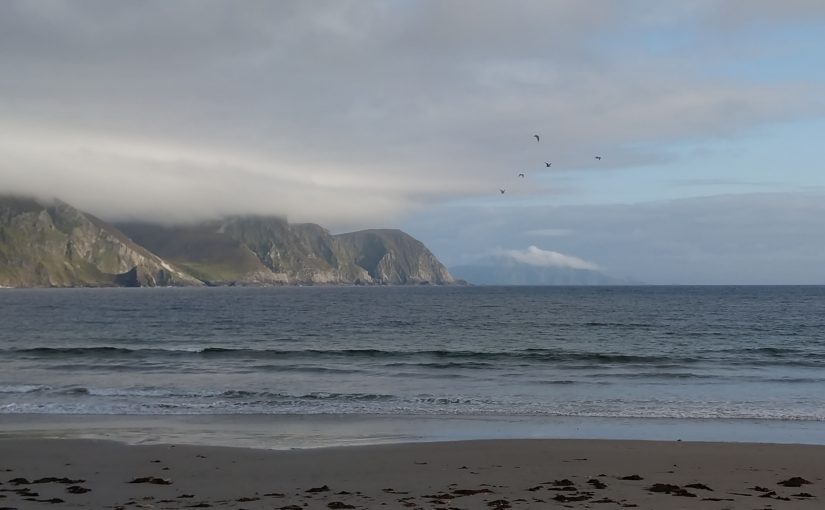The Jointure or the Golden Star is an interesting old Irish harp tune. In this blog post we will look at Edward Bunting’s earliest notations of the melody and the jig that goes with it.
Continue reading The Jointure, or the Golden StarTag: Bunting
Caitlín Ní Uallacháin
Caitlín Ní Uallacháin was one of the personifications of Ireland in poetry and song. There is a whole nest of variant and different tunes titled Caitlín Ní Uallacháin (Anglicised as Cathleen or Kitty Nowlan), but we don’t have enough time or space to go into them all here. All we can do is look at four versions of the tune in Bunting’s manuscripts.
Continue reading Caitlín Ní UallacháinHugh O’Donnell
Bunting wrote the tune of Hugh O’Donnell into his little collecting pamphlet, perhaps in 1792. You can see the tune written neatly and clearly on Queen’s University Belfast, Special Collections, MS4.29 page 12/12/021/f5v.
Continue reading Hugh O’DonnellMiss Kelly
Some time in the 1790s, Edward Bunting made what looks like a live transcription notation of the tune of Miss Kelly.
Continue reading Miss KellyAn gearrán buidhe
The Yellow Horse is a curious little song air. We have three independent transcription notations of variants or versions of this tune, under two different titles, in Edward Bunting’s transcription notebooks from the 1790s. They are all three a bit tricky to understand.
Continue reading An gearrán buidheAn londubh agus an chéirseach
The Blackbird and the Thrush is a very beautiful old tune. We have what may be a live transcription of a traditional harp performance, noted down by Edward Bunting in the 1790s. However, as usual with Bunting’s work, all is not straightforward, and he has messed us around a lot.
Continue reading An londubh agus an chéirseachPlanxty Irwin
On the same manuscript page as The Beggar, Bunting also wrote what looks like a live transcription notation of the tune of Planxty Irwin (DOSC 59). You can see both of these tunes on Queen’s University Belfast, Special Collections, MS4.29 page 7.
Continue reading Planxty IrwinColonel Irwin
In Queen’s University Belfast, Special Collections, MS4.29 page 20, there is a line of dots which I have always marked as “unidentified tune”. I just could not work out what is going on here.
However Sylvia Crawford has analysed the mode of the dots and suggests that they represent Bunting’s first attempt to transcribe a harp version of the tune of DOSC 60 Colonel Irwin.
Continue reading Colonel IrwinEdward Bunting as Collector
This is the video of the online talk I gave for Cruit Éireann last month, summarising some of my work on the Old Irish Harp Transcriptions Project. I hope you find it interesting and useful!
Continue reading Edward Bunting as CollectorBacach buí na leimne
Edward Bunting wrote a notation into one of his little transcription pamphlets in the 1790s, showing two tunes (Queen’s University Belfast, Special Collections, MS4.29 page 7). I think these may be live harp transcription notations.
Just glancing at the notations you can’t see them as two different tunes; there are three sections of notation with two sets of double-bar-lines dividing them up. But we can recognise them as two different tunes; the first two sections of notation are the tune of “The Beggar”, and the third section of notation is the tune of “Plangsty Irwin”.
Continue reading Bacach buí na leimne








